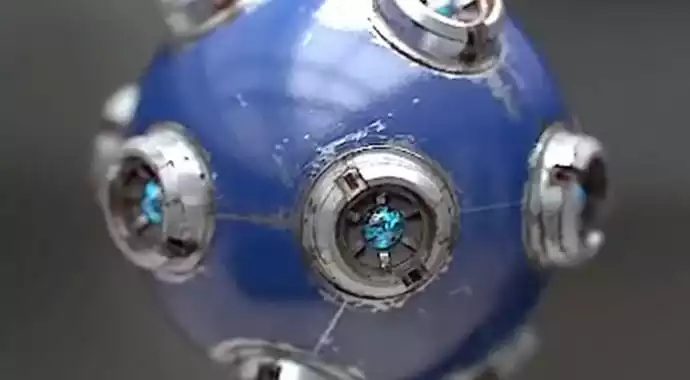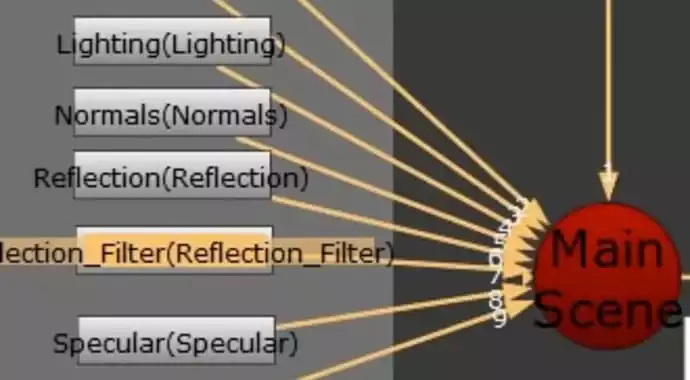V-Ray for Nuke 2023
V-Ray 5 for Nuke is a powerful rendering solution designed to integrate seamlessly with Nuke, a popular compositing software. This plugin allows users to harness the advanced rendering capabilities of V-Ray directly within the Nuke environment, enhancing the quality and realism of their compositing work. With V-Ray 5 for Nuke, artists can create photorealistic renderings, handle complex lighting scenarios, and produce stunning visual effects.
Key features
You can now take advantage of faster multi-GPU performance on workstations, plus added support for Cryptomatte render elements.
V-Ray for Nuke brings powerful adaptive ray traced rendering to any compositing pipeline. It’s the most full-featured rendering solution for Nuke, NukeX and Nuke Studio.
With a full suite of advanced rendering tools and support for Nuke's native features, V-Ray for Nuke is a natural evolution of the compositing workflow.
Simulate realistic ray traced lighting and shadows with a wide range of light types including spot lights, area lights, HDR environments, Nuke lights and more.
Render accurate indirect illumination with V-Ray’s precise ray traced GI. Now with light cache support.
Create multilayered physical materials directly in Nuke. Choose from purpose-built shaders for car paint, SSS, skin and more
Choose from a number of production-ready texture types including tiled EXR & TX files, layered textures, ambient occlusion and procedural noise.
Select from a variety of camera types including physical cameras, VR panoramas and Nuke projection cameras.
Render to popular VR formats including spherical and cubic 6x1 panoramas.
Import Alembic, FBX and OBJ geometry with Nuke's built-in ReadGeo node.
Extract and reuse individual objects from a V-Ray Scene (.vrscene) file. If you need more control, you can define a set of objects to generate a reusable and customizable VRayScene asset.
Easily create ocean surfaces that never repeat using procedural ocean displacement. Preview and render the ocean surface without simulating cache files.
Instance V-Ray proxy objects using Nuke particles.
Import and render volume simulations from applications like Houdini. Supports OpenVDB, Field3D and Phoenix FD files.
Fine-tune the look of your renders faster than ever. As you make adjustments to your scene, your rendering will update automatically.
Improved deep rendering capabilities with support for deep volumes. Save disk space by generating deep data directly inside Nuke.
Generate beauty, matte and utility passes on the fly. V-Ray for Nuke includes more than 37 built-in render elements for ultimate control.
Render individual or groups of lights as separate render elements, and accurately light mix in post with full support for global illumination, reflections and refractions.
Automatically generate ID mattes with support for transparency, depth of field and motion blur, speeding up workflows for compositors
Import and render animated V-Ray scene (.vrscene) files.
Use the full power of V-Ray Standalone, including distributed rendering.
Automatically reduce noise for cleaner renders. Denoise individual render elements, apply noise masks and denoise final deep composites.
Render complete 3D creatures and characters directly in Nuke. Import hair geometry using V-Ray proxy objects, and assign V-Ray Hair material for optimized shading.
GOT ANY QUERIES?
We are here to answer























